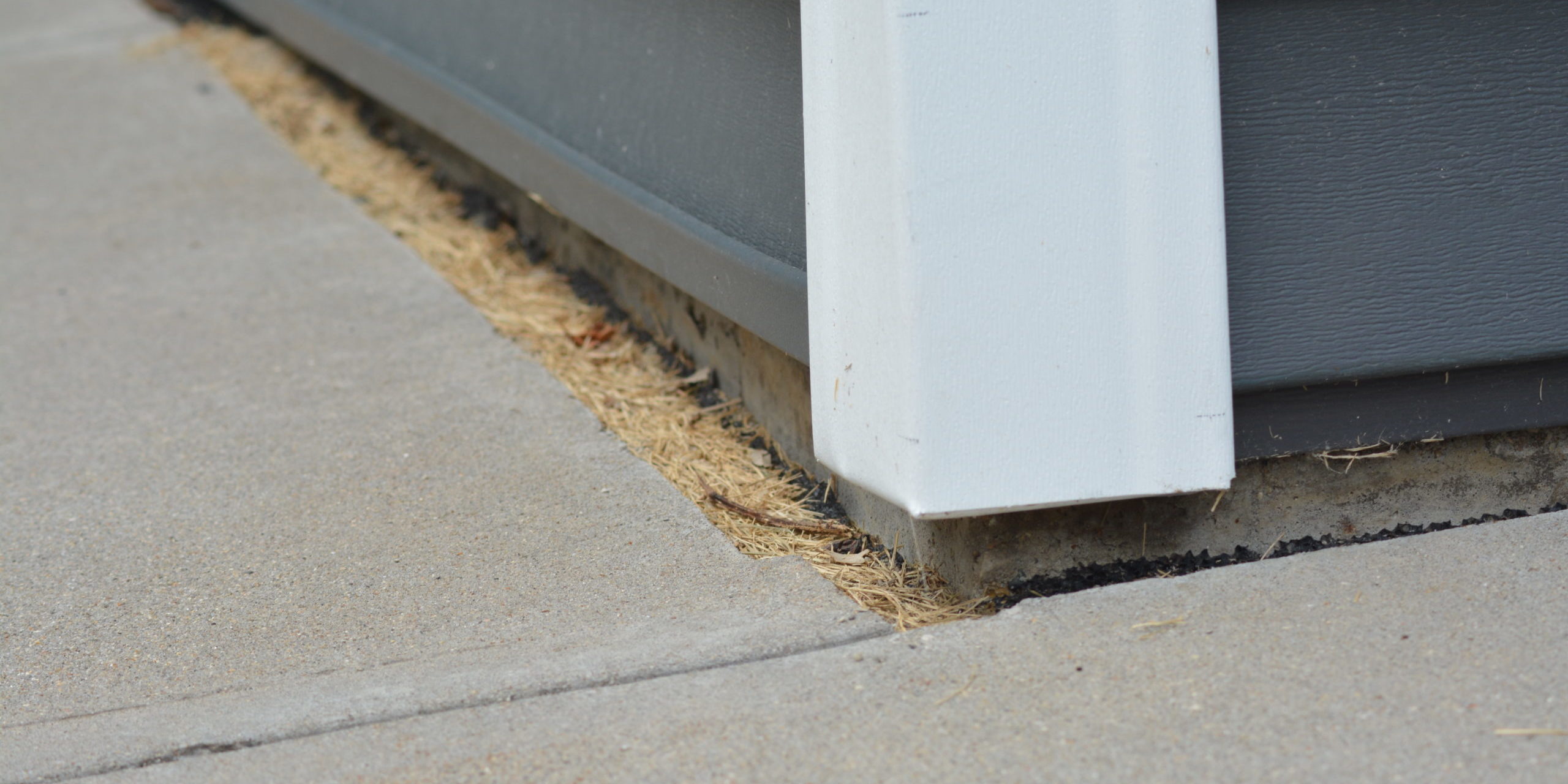Have you tripped on that sidewalk slab for the LAST TIME? Are you sick of cringing as you drive on your bumpy driveway? If you have settled concrete, you know how annoying – and dangerous – it can be. Thankfully there are solutions for settled or sunken concrete! But what causes cement to settle?
Discover the sources behind settled concrete and how you can repair it for less using polyurethane concrete raising!
What Causes Cement to Settle
There are 3 leading causes of sunken and uneven concrete.
1. A Change in Soil Moisture
This occurs most commonly in places with a high amount of clay in the soil. When the clay soil dries out, it compacts, causing the clay to sink. Likewise, when the soil’s moisture is high, the soil expands. These changes in the volume of the earth create voids below the cement, which results in the concrete settling.
2. Poor Compaction of Fill Soil
When building a new home or constructing a sidewalk or driveway, fill soil is used to level the ground and make a flat foundation. If the fill soil was poorly compacted, over time it will compress and settle, causing the cement above to sink or crack.
3. Washout Beneath the Slab
Washout occurs when water gets under your cement slab and washes away the soil. There may be multiple culprits behind this washout, including:
- plumbing leaks
- heavy rain
- natural erosion
What to Do if Your Concrete has Settled
You have a few options for fixing your settled concrete. The first is to replace it. This is the most expensive and time-consuming solution, and should only really be considered if the settling has caused major cracks in the cement.
The second option is to raise, or level, the sunken concrete. The two techniques you can use for raising your concrete are mudjacking and polyurethane concrete raising. Polyurethane concrete raising has a number of benefits over mudjacking, including speed and lack of mess.
Are you dealing with cement that has settled and sunk? Request a FREE concrete raising estimate from Concrete Polyfix!







